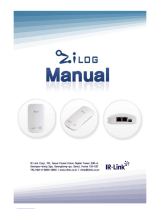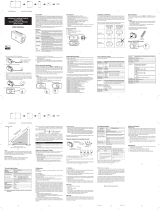
Zilog Real-Time Kernel
Quick Start Guide
QS004815-1211 Page 13 of 15
Creating a New RZK Project
To create a new RZK project, copy an existing sample project into a new directory and
modify it to suit your requirements. For information about how to add and remove files
from a project and for a description of the advanced features of ZDS II, refer to the Zilog
Developer Studio II – eZ80Acclaim! User Manual (UM0144). For a information about
creating new projects and the settings required for RAM projects, refer to the Zilog Real-
Time Kernel User Manual (UM0075).
Observe the following steps to create a new RZK project called
MyRZKApp from an exist-
ing RZK application called
RouterApp:
1. Navigate to the following filepath:
<ZDS Install DIR>\<RZK Install Dir>\RZK\SamplePrograms\Core\
RouterApp
In this path, <ZDS Install Dir> is platform-dependent, as follows:
– For 32-bit Windows platforms,
<ZDS Install Dir> = C:\Program Files\
Zilog\ZDSII_eZ80Acclaim!_A.B.C
– For 64-bit Windows platforms, <ZDS Install Dir> = C:\Program Files
(x86)\Zilog\ZDSII_eZ80Acclaim!_A.B.C
– Additionally, <RZK Install Dir> = ZTP\ZTPX.Y.Z_Lib
2. Copy the routerApp_xxx.zdsproj file by right-clicking on the file and selecting
Copy from the pop-up menu.
3. Navigate to
<ZDS Install DIR>\<RZK Install Dir>\RZK\SamplePro-
grams\Core
and create a new folder named MyProject by right-clicking any empty
space within the folder window and selecting
New → Folder from the pop-up menu.
4. Double-click the MyProject folder to enter the new folder that you created in the pre-
vious step.
5. Right-click on any empty space in the folder window and select
Paste from the pop-
up menu. Optionally, right-click the
routeApp_xxx.zdsproj file that you copied to
the MyProject folder and select
Rename from the pop-up menu. Enter a new name for
the project; for example,
MyRZKApp.zdsproj.
6. Launch ZDS II by navigating from the
Start menu to Programs → Zilog → ZDS II –
eZ80Acclaim!_<Version>
→ ZDS II–eZ80Acclaim!_<Version>.

















